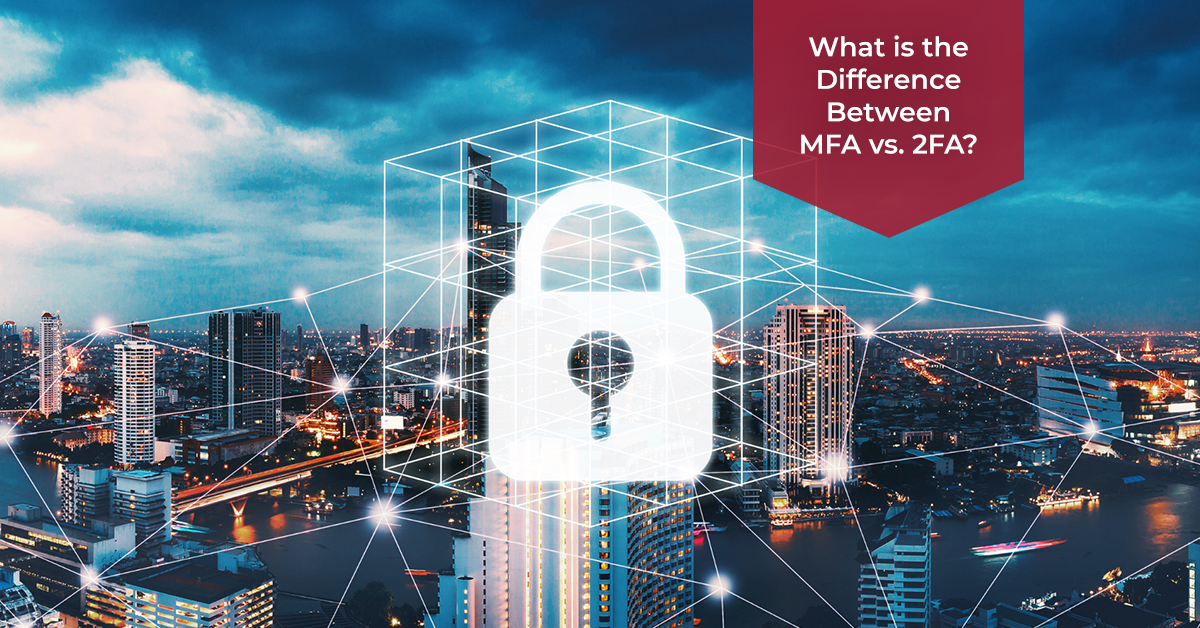
What is the Difference Between MFA vs. 2FA?
Multi-Factor Authentication (MFA) and Two- procurator Authentication (2FA) are constantly exercised interchangeably, but there is a subtle disparity between the two. 2FA is a subset of MFA and uses two of the three categories mentioned earlier for authentication. For example, a combination of a password (something you know) and a one-time password generated on a mobile device (something you have) constitutes 2FA. On the other hand, MFA refers to the broader concept of using multiple factors for authentication, which may include more than two factors, such as biometrics (something you are).
What are the Benefits of MFA?
Implementing Multi-Factor Authentication provides several advantages in tours of screen and security against unauthorized access. There are some crucial advantages:
Enhanced Security: MFA adds an additional layer of security beyond passwords, making it significantly harder for attackers to gain unauthorized access. Even if one factor is compromised, the attacker would still need to overcome other factors for successful authentication.
Mitigation of Credential Theft: MFA mitigates the threat of credential larceny. Since passwords alone can be easily stolen or guessed, adding an extra factor ensures that even if the password is compromised, the attacker cannot proceed without the additional authentication factor.
Convenience and Usability: While MFA adds a redundant step to the authentication process, it eventually enhances stoner convenience and usability. With the arrival of biometrics and mobile-grounded authentication, MFA has come flawless and stoner-friendly.
Regulatory Compliance: Many industries, such as finance, healthcare, and government, have specific security regulations that require organizations to implement strong authentication measures. MFA helps meet these compliance requirements and safeguards sensitive data.
Which Industries Can Apply MFA?
Multi-Factor Authentication is applicable to a wide range of diligence and sectors. Some of the sectors that can benefit from implementing MFA include:
Financial Institutions: Banks, payment processors, and other financial institutions handle sensitive customer data and transactions. MFA can greatly strengthen the security of these systems and protect against fraud and unauthorized access.
Healthcare: The healthcare industry deals with highly confidential patient information. MFA can ensure that only authorized personnel have access to medical records, improving patient privacy and data security.
E-commerce and Online Services: Online platforms that handle customer accounts, personal information, and financial transactions can significantly reduce the risk of account takeover and data breaches by implementing MFA.
Government and Public Sector: Government agencies and public sector organizations handle sensitive citizen data. MFA can help protect this data from unauthorized access, ensuring the privacy and security of citizens.
In conclusion, Multi-Factor Authentication (MFA) provides an added subcaste of security by taking users’ to authenticate themselves using multiple factors, similar as watchwords, physical bias, and biometrics. It offers enhanced protection against unauthorized access, mitigates the risk of credential theft, and improves overall security posture. MFA is applicable to various industries, including finance, healthcare, e-commerce, and government, where protecting sensitive data is paramount. By implementing MFA, organizations can strengthen their security measures and safeguard their systems and user information in an increasingly digital world.

